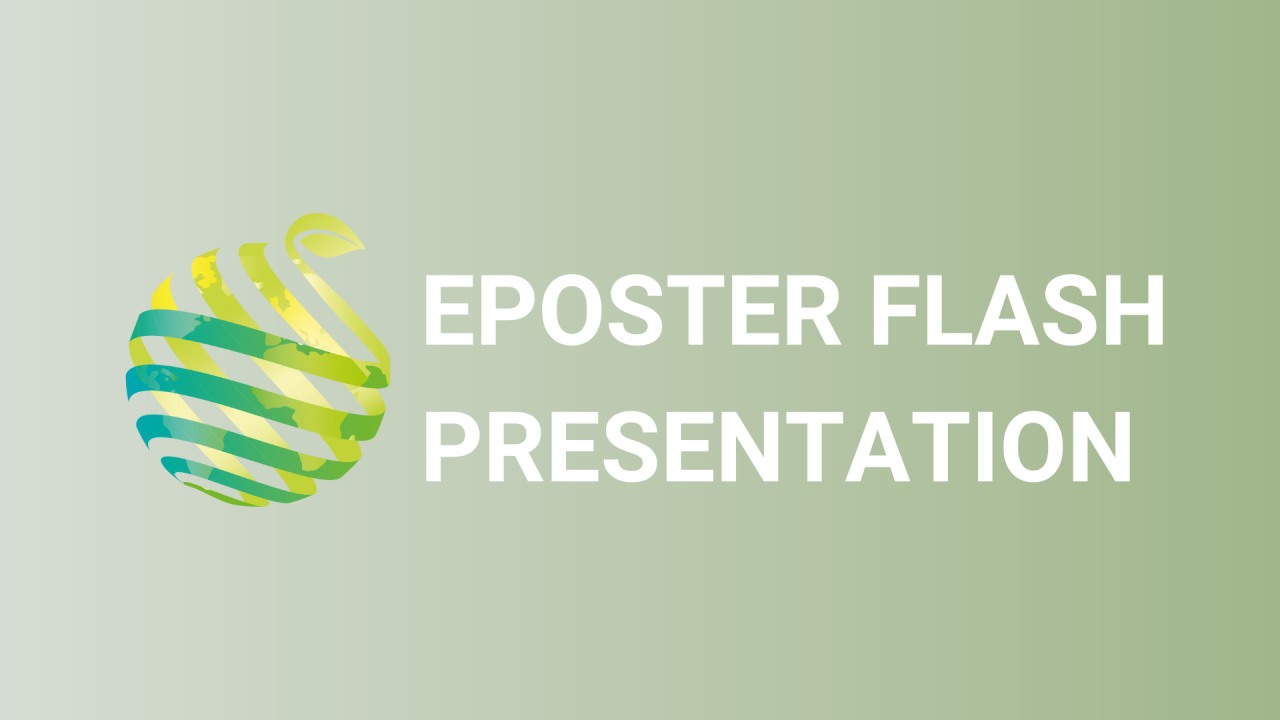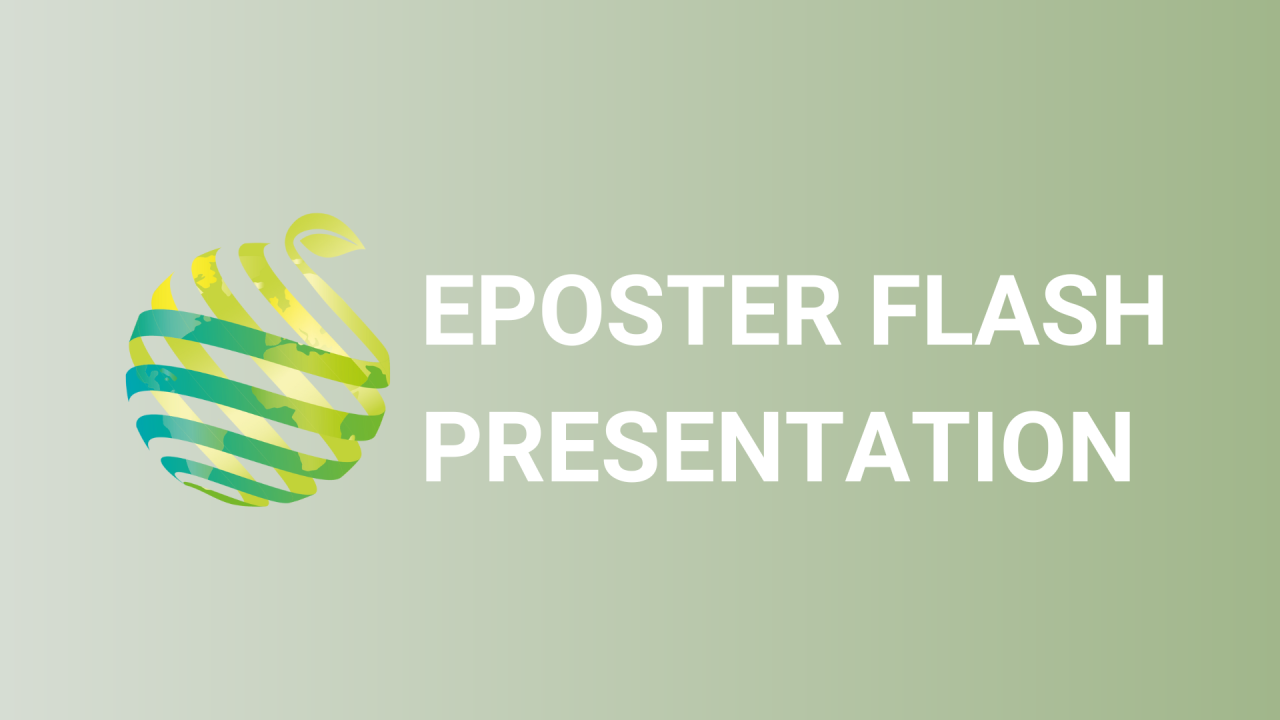

S05 - Session P4 - Assessment of genetic distance by use of genotyping-by-sequencing (GBS), genome sizes and chromosome numbers to facilitate breeding of Ilex crenata
Information
Authors: Esther Geukens *, Annelies Haegeman, Katrijn Van Laere, Tom Ruttink, Erik Smolders, Leen Leus
Ilex crenata or box-leaved holly has known a solid increase in popularity in reaction to disease and pest problems known for boxwood ( Buxus spp.). Box-leaved holly does provide the right aesthetics to replace boxwood but faces its own challenges as it differs from boxwood in its preference for soil alkalinity. In non-optimal soil pH, both nutrient uptake and soil pathogens seem to be a problem for the box-leaved holly. This has led to an interest in the breeding of box-leaved holly for resilience in these alkaline soils. Whereas in the past, lucky findings have led to the selection of new holly genotypes, there is now an increasing interest in more targeted breeding. However, there is much to learn when it comes to breeding hollies as genetic and genomic resources are very limited. The objective of this research is to lay the groundwork for breeding by investigating the genetic variability within the species Ilex crenata and between Ilex crenata and 23 other hardy Ilex species, and looking into possible parental combinations for breeding. Genome size was determined using flow cytometry, and chromosome number of a selection of cultivars and species was counted. GBS-analysis provided insight into genome sequence variation and was used to calculate genetic distances between all studied genotypes. Integrated data on genome size, chromosome count, genetic distances, and crosses will support breeding and deciding on parental combinations to enhance breeding efficiency.